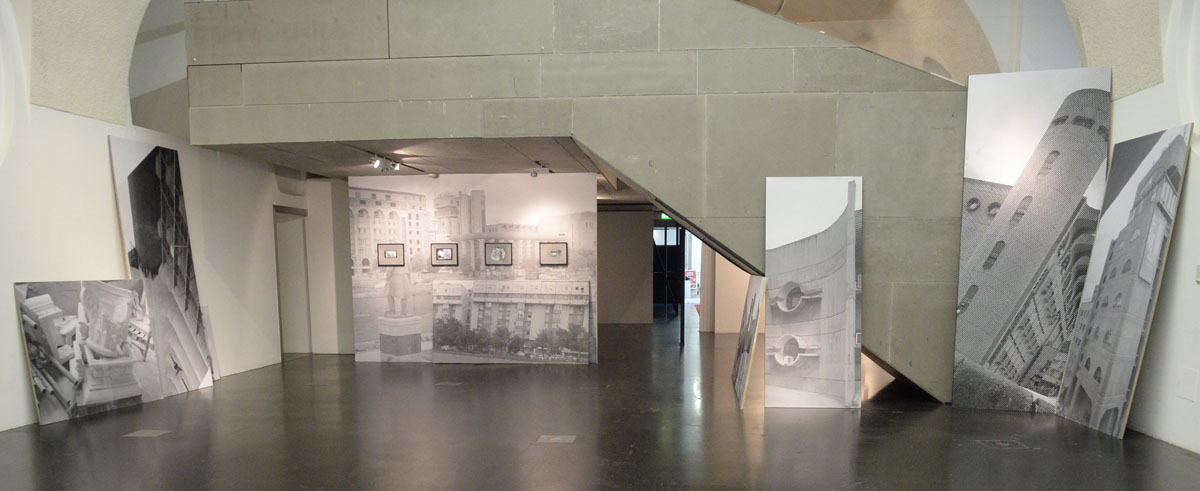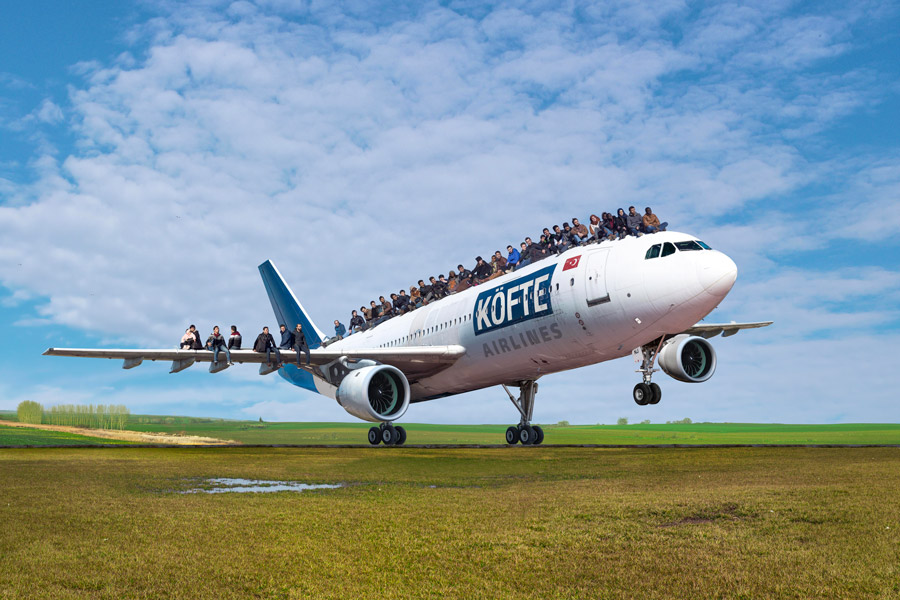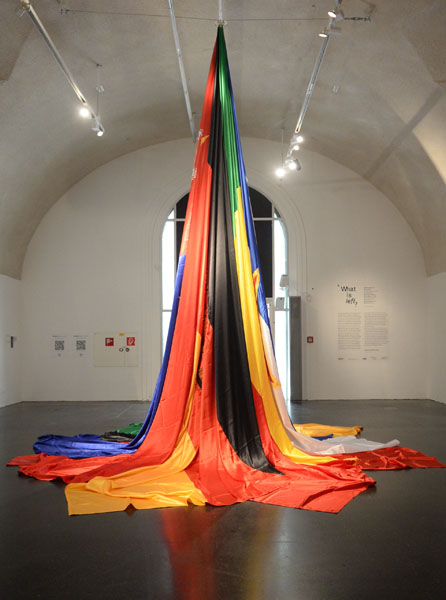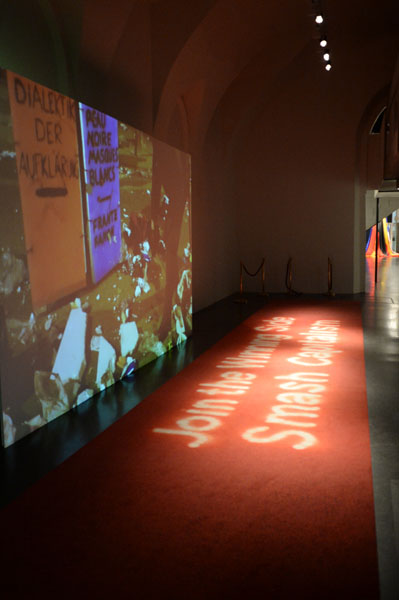What is left?
September 23 — November 20, 2016
frei_raum Q21 exhibition space/MuseumsQuartier
Vienna, Austria
Co-curator: Gülsen Bal
Artists:
Halil Altındere, Sabine Bitter & Helmut Weber,
Jan De Cock, Petra Gerschner, Mona Hatoum,
Khaled D. Ramadan, Şener Özmen,
Dimitar Solakov, Nasan Tur
The exhibition project What is left? examines alternative models to existing forms of living as a reaction to the various forms of crisis manifested in the economy, war and migration. The focus is placed on “what is,” with an eye to its ability to regenerate the critique of “what might be.” What is left? propagates a critique of various conflicting forces in terms of the global transformations of contemporary life going on all around us.
The works in the exhibition hint at highly specific moments in recent history that call for an understanding of various modes of interaction in order to challenge existing visual paradigms as a set for predetermined forms of reasoning. They thus question every space as a site for intervention and interruption in variable forms between artistic and social practices, reflecting the conditions for configurations of a subject in the making as well as of new changes to critical practice.
Halil Altındere poses questions on current Syrian refugee issues, defining the associated encounters directly and openly by criticizing EU politics and the hypocritical and nationalist face that the EU thus presents to the world.
Sabine Bitter & Helmut Weber’s installation Making Ruins deals with the interesting matter of the remains of Kenzō Tange’s plan to rebuild Skopje after the earthquake of 1963. The fact that the Macedonian government would prefer to remove this plan’s few remaining architectural traces raises questions on history and its continuous ruptures.
Jan De Cock’s "Memorial Drawings" hints at the precarious situations of many artists, who are threatened with the total loss of their belongings and constantly face uncertain destinies. In his multi-lingual collage series, the artist references Marcel Broodthaers’ questioning of the art market, the museum, and art per se.
Petra Gerschner* stages a red carpet with the slogan “Join the winning side - Smash Capitalism," contradicting the foundation of western political ideologies. The celebrity wall next to her carpet displays not logos but rather a video with policemen cleaning up picket signs.
Mona Hatoum challenges “the stereotype of Arab women as passive” in her video Measures of Distance. As Arabic script moves across the screen, viewers can gradually make out images of Hatoum’s mother. This very personal narrative employs direct reference to the artist's exiled condition in order to address the “disasters of war.”
Şener Özmen* placed a single image of holiday travel in his recent work An Overcast Day / Koh Samui. This Thai holiday destination served to evoke images of a warm and distant land during the assaults on the city of Diyarbakır and its Kurdish population.
Khaled D. Ramadan*, in his multi-channel video work RobOman—Empire of Silent Culture, questions the discrepancies between dream and reality by reflecting on Oman’s cultural scene.
Dimitar Solakov* confronts us with historical buildings from all over Bulgaria that have been inappropriately restored using millions of EU money, thus demonstrating how cultural heritage can be at the mercy of those in power but nonetheless cries out for historical justice.
Nasan Tur explores political ideologies, subliminal messages, and symbols of power in his installation Once upon a time. This work features eight different national flags of countries that no longer exist.





1 Bitter/Weber
2 Halil Altındere
3 Nasan Tur
4 Petra Gerschner
5 Şener Özmen